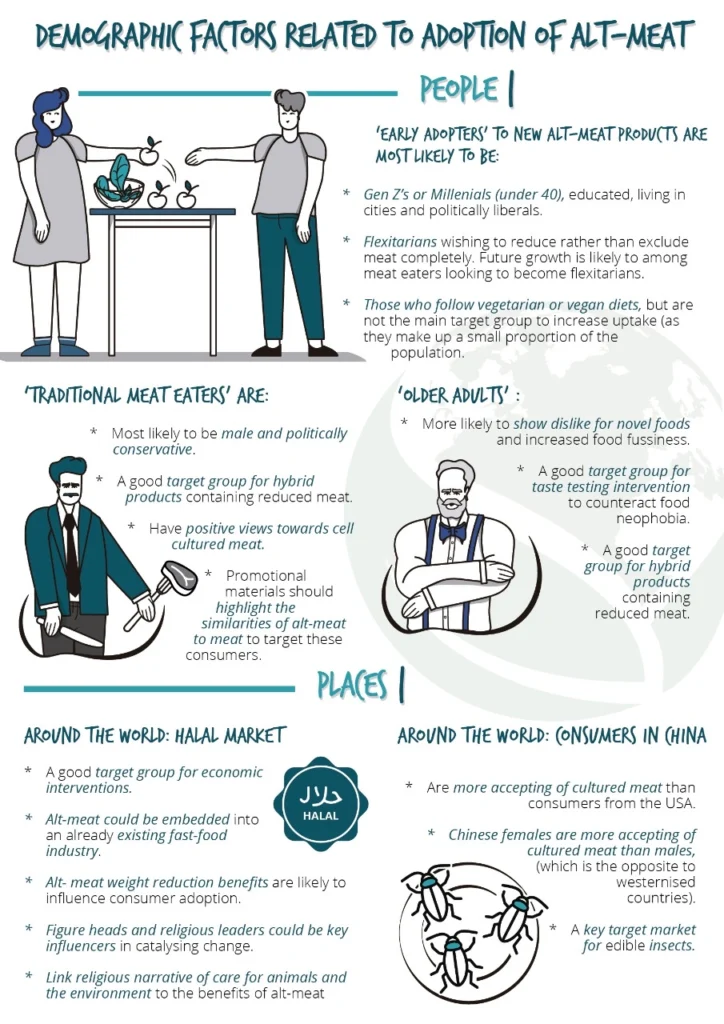We are seeing exciting developments in the alternative protein (alt-proteins) industry which are paving the way for global shifts towards more healthy and sustainable food systems. By producing meat from plant-based ingredients, fermentation or the cultivation of animal cells in the laboratory we can reduce the environmental impact of our food systems whilst simultaneously improving the health of our nations.
The food industry alone currently accounts for up to 30% of all greenhouse gas emissions and is the single largest driver of habitat and biodiversity loss. Diets that rely heavily on meat are the most inefficient ways to feed a global growing population. If we can encourage small changes at an individual level, this can cumulate to have transformational effects.
The alt-proteins industry is in a relatively early stage of its lifecycle, and due to the huge potential they offer, significant expansion is projected. In 2021, we saw US sales of plant-based grow three times faster than total food sales, and by 2025 it is thought that Europe and America will reach “peak meat” whereby societal meat consumption will decline.
By 2030, it is projected that every tenth portion of meat and dairy consumed around the world will be from an alt-protein source, and that the total alt-protein market will grow to a staggering $290 billion.
Two key dominos will catalyze the enormous opportunities this industry offers: the first is continued growth in consumer interest and the second is sustained funding to drive product innovation and industry development.
In our white paper, we synthesise the most recent findings from the literature and adopt a behavioural science approach to accelerating adoption of alt proteins.
Firstly, we summarise the market opportunity, discussing the current and future innovations in alt proteins, and reporting on the current and project market value of the industry.
We discuss these in the context of broader challenges to our food system such as climate, geopolitical and personal health.
We then dive into the literature on drivers that will predict successful adoption such as personal beliefs, demographics, social and cultural attributes. We present an overview of the key factors that are driving the alternative protein transformation, understanding the facilitating beliefs that consumers hold and offering a detailed analysis of the important consumer segments that exist across global markets.
Next, we explore the barriers likely to slow alt protein uptake including broad consumer concerns and beliefs, as well as outlining relevant regulatory hurdles and health and safety issues.
Lastly and most importantly, we present a deep-dive into the behavioural science approaches to interventions that would accelerate adoption of alt protein, explaining why we think each may work, and how they could be implemented.
The interventions are organised using the 5P’s Marketing Mix framework: ‘Product’, ‘Placement’, ‘Promotion’, ‘Price’ and lastly ‘People’ whereby we make different recommendations for each relevant consumer demographic.

It is just the beginning for alt-proteins, and we hope our up-to-date insights can inform change makers throughout the food industry, whether you are an early-stage food tech company who wishes to find out more about how to sell their product, or a venture capital firm wanting to boost your investments. Our report will also help consultancy firms, governments or research organizations who are interested to access up-to-date insights to inform their alternative protein sector innovation strategies.

